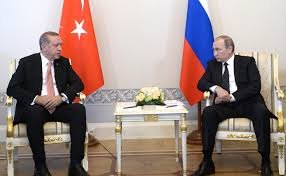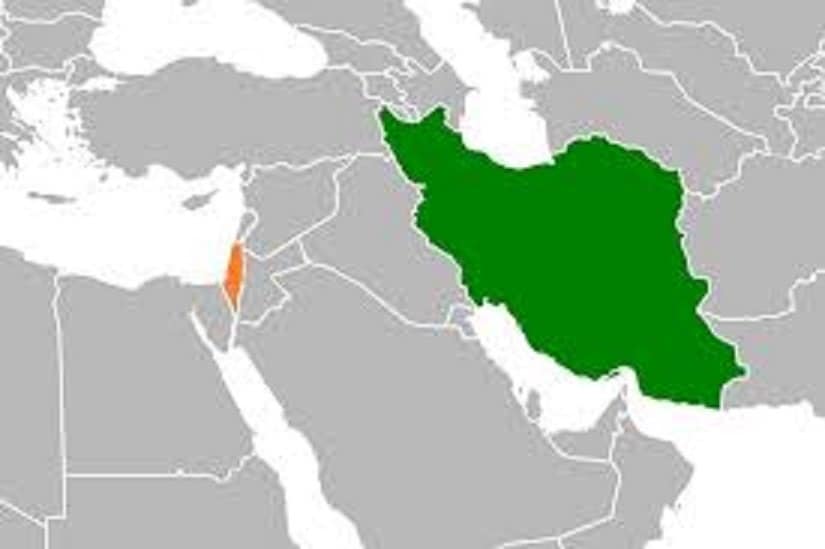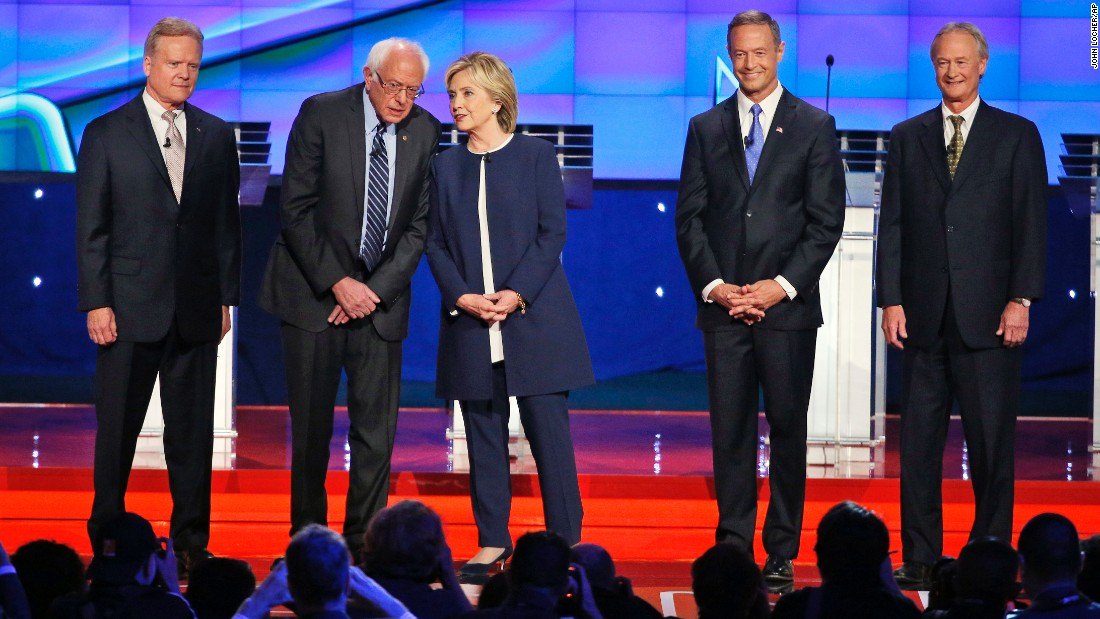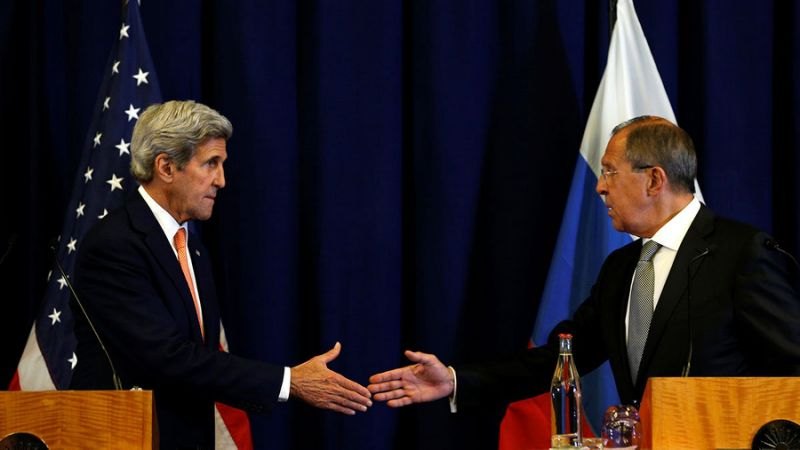Pressure on Iran and Stability of Middle East

About Warnalysis:
This is a constructed term, composed of Warning and Analysis. Warnalysis Tries to give strategic view about consequences of possible events on regional and global peace and security.
Mahdi Shapouri
Trump administration pursues “maximum pressure” policy against Islamic Republic of Iran and in doing so, it has made the most of its opportunities for intensification of pressures on Iran. With withdraw from JCPOA, U.S administration has put the most brutal and unprecedented sanctions on Iran and leaved the world with choice between Iran and the United States; this is the very confrontational and unilateralist approach known as “either with me or with my enemy” that has long-standing precedence in the U.S foreign policy. One of the claims of Trump administration is that with pursuit of such a policy against Islamic Republic of Iran, it pursues decreasing regional destructive role of this country and as a consequence creating security and peace in the region. However, maximum pressure on Iran not just doesn’t bring security and peace to the region for various reasons, but it also yields instability and insecurity in surrounding regions of Iran especially in the Middle East.
Trump administration thinks that Islamic Republic of Iran is the cause of all problems in the region and therefore it should be disadvantaged of its regional influence and capabilities by increasing pressures; in doing so, the region achieves rest and stability. Such a thinking has caused ignoring Iran’s rivals and enemies’ role in creation and intensification of insecurity and instability. In fact, this false thinking has given rise to players such as Saudi Arabia, United Arab Emirates and Israel for arbitrary and destabilizing measures in the region. Accordingly, with assuming Islamic Republic of Iran as problem of the region, Trump administration’s policy is still not understandable, because while it efforts for confronting destabilizing player in its view, at the same time it supports actions and players that have very effective role in production and reproduction of instability and insecurity in the region. This is a fundamental contradiction that Trump administration’s Middle Eastern policy suffers from; of course, if we accept that the United States is pursuing security, peace and stability in the Middle East.
The other issue is that now Iran is like a stability island in the heart of a turbulent and insecure region. In this situation, if Iran becomes weakened and unable for its functions and tasks as a state as a consequence of U.S pressures, instability in the surrounding regions of Iran would highly increase and insecurity chains in the surrounding regions of Iran would associate with each other and these would have world dangerous consequences. In fact, if “maximum pressure” policy leads to the Islamic Republic’s security inefficiency and instability, instability of the surrounding regions of Iran would multiply. Accordingly, it’s not clear how Trump administration wants to establish peace, security and stability in the Middle East by destabilizing Iran. Afghan and Iraqi experiences show that the United States can easily create instability but not peace and stability even with expensive costs. Trump administration’s policy on Islamic Republic of Iran has also fundamental contradiction in this regard.
Trump administration’s “maximum pressure” policy targets Islamic Republic of Iran’s survival and even, according to many experts, existence. The most important national interest and the most high security priority for any country is survival. If a country sees its survival at stake, it would take any measure. Accordingly, it should not be expected that insecurity and instability in the region will decrease with trump administration’s policy on Islamic Republic of Iran. There is no historical evidence of possibility of secure and instable region with jeopardizing a regional power’s existence.
Geopolitically, Middle East is the most complex region in the world and it is a wishful thinking that peace and stability becomes possible with “maximum pressure” on Iran. Barack Obama has partially noticed this reality at the end of his tenure and he has, at least in the word, accepted that attribution of all Middle Eastern problems to Islamic Republic of Iran is oversimplification of a very complex and multidimensional question and it not just doesn’t resolve any problem of the region but it also increases the extent and depth of its insecurity and instability. For this reason, instead of blaming one and praising other, Obama administration pursued more balanced policy on regional players that its extension could has led the Middle East to more peace and stability over time. However, Trump administration makes the Middle East more susceptible of devastating tensions and clashes with blind rejection of Obama administration policy.
If the United States pursues creating peace and stability in the Middle East, it should dismiss this simplistic assumption that Islamic Republic of Iran is the cause of all problems in the region and that stability and security becomes possible with maximum pressure on Iran in the first step. Then, it should take measures for creating a forum for regional dialogues and backing a peaceful mechanism for settling disputes and tensions of regional players with support from other great powers and the UN. As long as the United States and other great powers takes biased measures in regional disputes and clashes, not only any problem will not be resolved, but also the problems will be increase. Trump administration may prefer existing trend and even insist on its Middle Eastern policy because of its conception of the U.S role in the world (supporting isolationism) and its business attitude to pursuit of national interest in foreign policy. In this situation, others especially Europeans and Asians should be noticed that they will pay for the U.S policies and actions.





